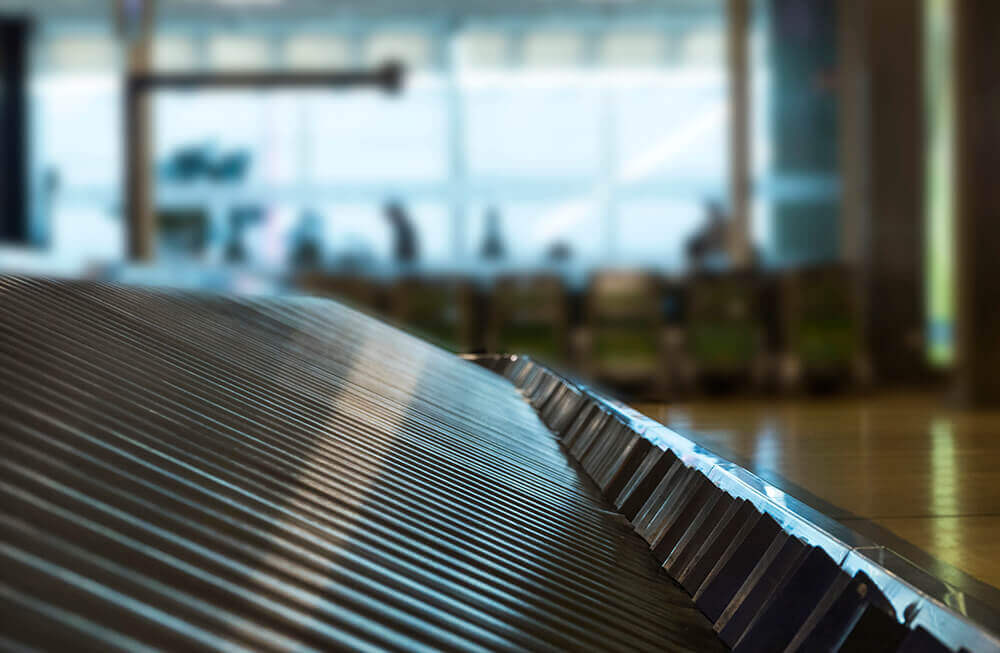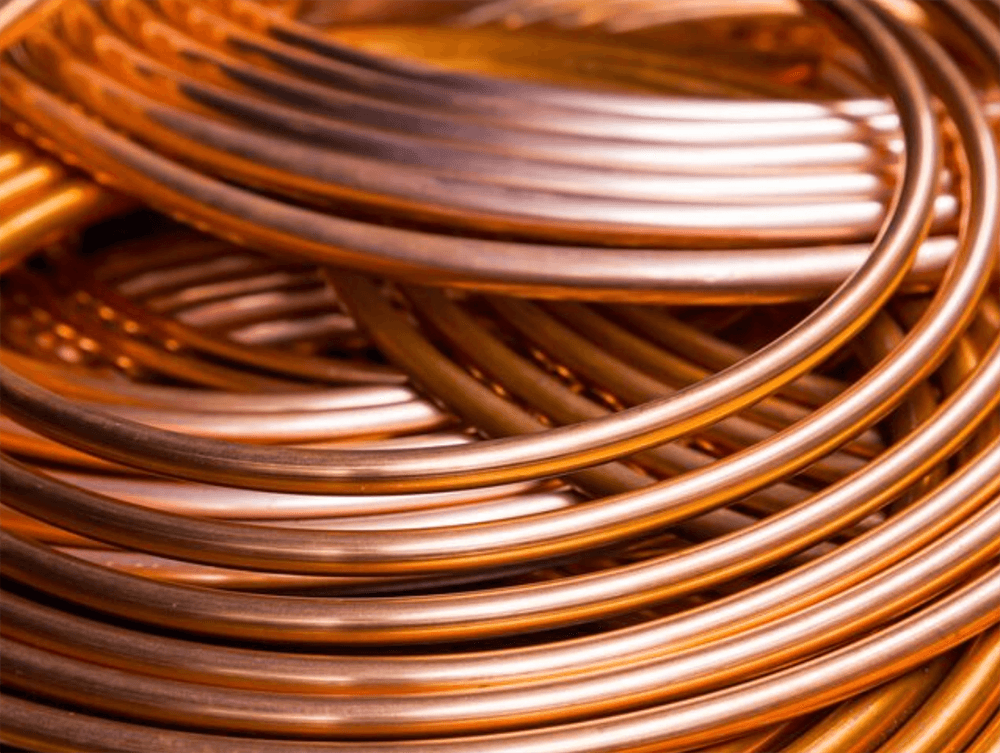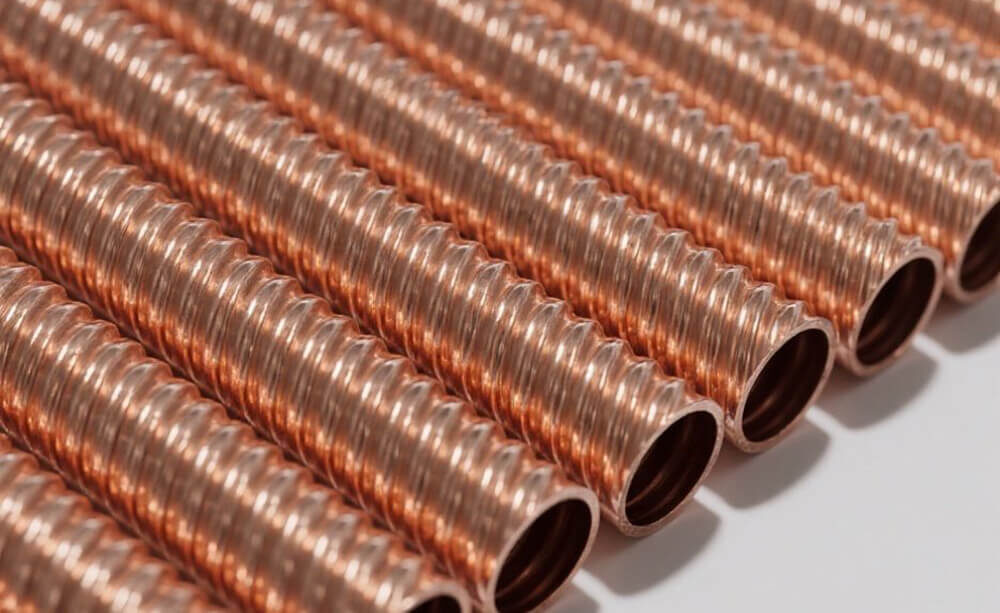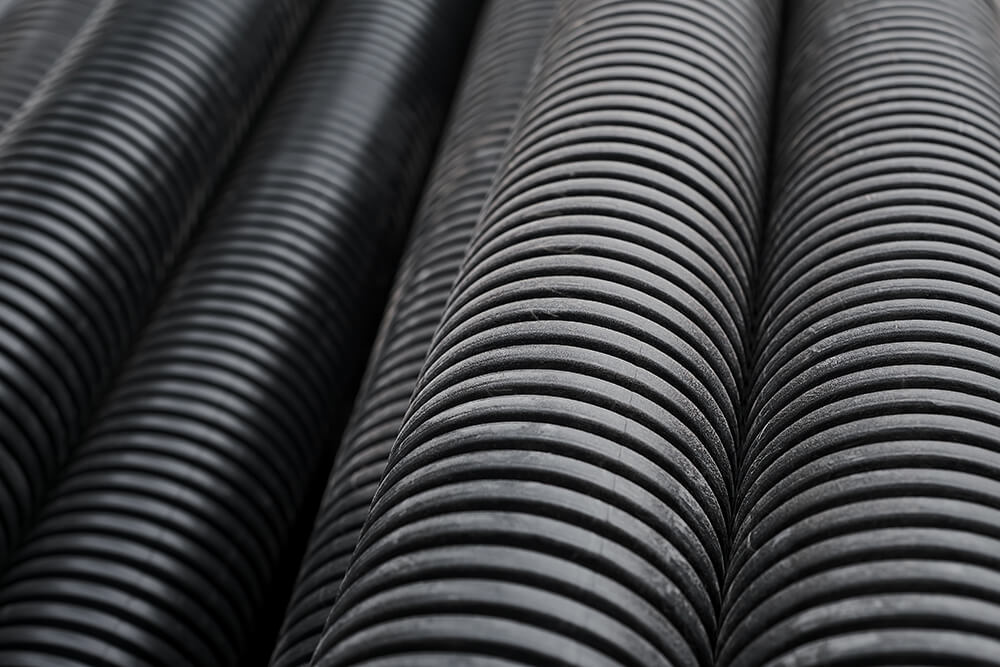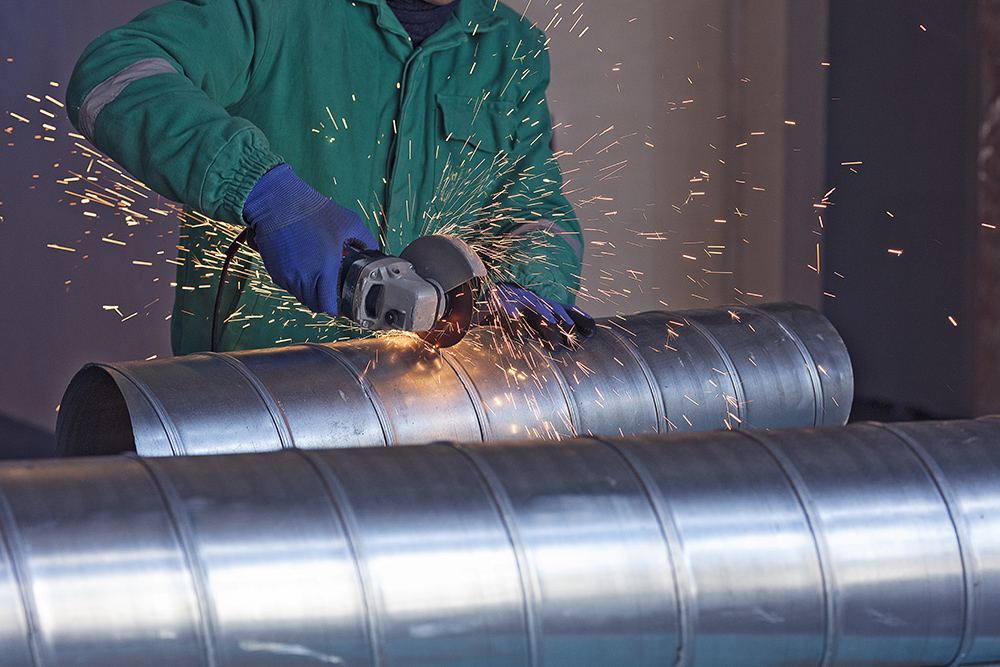Cold Climate Heat Exchange Technology: Preventing Freezing and Ensuring Consistent Performance
Operating heat exchange systems in cold climates, particularly those exposed to sub-zero temperatures, introduces the critical challenge of preventing freezing. Ice formation within tubes or on external surfaces can lead to severe damage, reduced efficiency, and complete system shutdown.
Strategies for cold climate operation include:
- Antifreeze Solutions: Using heat transfer fluids with a lower freezing point (e.g., glycols mixed with water) is a common method, especially in closed-loop systems. The specific type and concentration of antifreeze depend on the lowest anticipated ambient temperature.
- Design for Drainage: Heat exchangers handling water should be designed to allow complete drainage when not in operation to prevent stagnant water from freezing. Vertical mounting or specific inlet/outlet orientations can facilitate this.
- Defrost Cycles: For air-source heat pumps and air coils operating in freezing conditions, regular defrost cycles are essential. These cycles temporarily reverse the refrigeration cycle or use electric heaters to melt accumulated ice on the outdoor coil, ensuring continuous heat transfer performance.
- Preheating & Recirculation: Incoming cold air or fluid streams can be preheated before entering the main heat exchanger, often by recirculating a portion of the heated fluid or using auxiliary heaters.
- Enhanced Vapor Injection (EVI) Compressors: In modern cold-climate heat pumps, EVI technology allows the compressor to inject additional refrigerant vapor, improving efficiency and heating capacity even at very low outdoor temperatures (e.g., down to -30°C), reducing the risk of freezing failures.
- Ground-Source Heat Exchangers: Utilizing the stable temperature of the earth as a heat source/sink offers inherent protection against ambient air temperature fluctuations and freezing.
Robust design and intelligent control strategies are paramount to ensure consistent, reliable, and energy-efficient heat exchange in challenging cold climates.
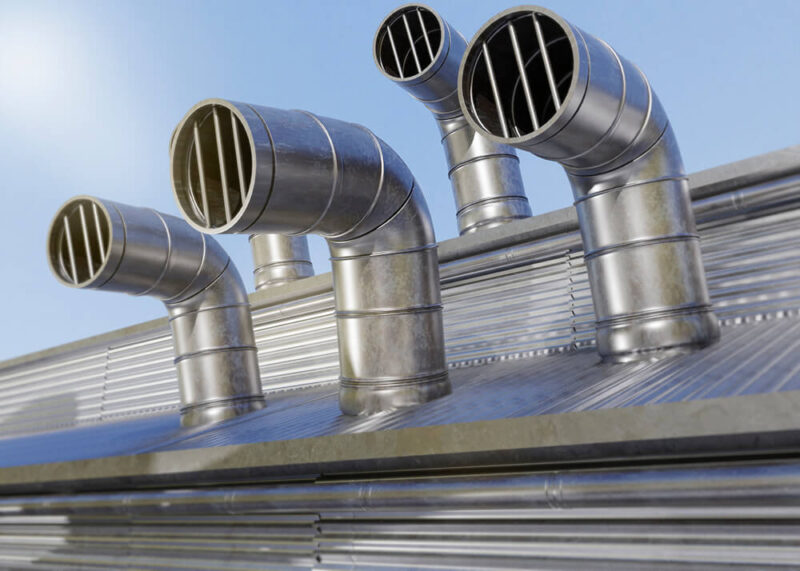
Composite and Polymer Heat Exchangers: Applications, Benefits, and Limitations
While metals have traditionally dominated heat exchanger construction, material science innovations have brought composites and polymers into the arena, particularly for specialized applications. These materials offer a compelling alternative where metallic heat exchangers face significant limitations.
Benefits:
- Superior Corrosion Resistance: Polymers and composites (e.g., graphite-filled polypropylene or polyphenylene sulfide composites) excel in highly corrosive environments where even exotic metal alloys would degrade rapidly. This makes them ideal for applications involving strong acids, bases, or aggressive chemicals (e.g., electroplating, chemical processing).
- Lightweight: Significantly lighter than metallic counterparts, reducing structural support requirements and facilitating installation.
- Reduced Fouling: Many polymer surfaces are inherently smoother and have lower surface free energies than metals, leading to reduced adhesion of fouling layers (like scale or biological growth). This can extend maintenance intervals and maintain efficiency.
- Lower Cost for Certain Applications: While high-performance polymers can be expensive, they may offer a more cost-effective solution than highly specialized and rare corrosion-resistant metal alloys.
Limitations:
- Lower Thermal Conductivity: This is the primary hurdle. Standard polymers have thermal conductivities orders of magnitude lower than metals, necessitating significantly larger heat transfer areas to achieve the same heat duty. This can be partially offset by incorporating thermally conductive fillers (like graphite flakes) into composite structures, increasing conductivity to levels comparable to stainless steel.
- Lower Temperature and Pressure Limits: Most polymers have lower operating temperature and pressure limits compared to metals, restricting their use in high-temperature or high-pressure industrial processes.
- Mechanical Strength: While composites enhance mechanical properties, they generally still have lower mechanical strength than metals, requiring careful design to manage stress and flow-induced vibrations.
Despite their limitations, composite and polymer heat exchangers are gaining traction in specific niches where their corrosion resistance and anti-fouling properties outweigh their thermal conductivity and temperature constraints, opening new possibilities for heat recovery in challenging fluid streams.
Predictive Maintenance for Heat Exchange Systems: Extending Equipment Lifespan
Traditionally, heat exchanger maintenance has been reactive (fixing failures) or time-based (scheduled shutdowns). Predictive Maintenance (PdM), however, represents a paradigm shift, leveraging data and analytics to anticipate potential failures and optimize maintenance schedules, thereby extending equipment lifespan and maximizing uptime.
Key aspects of PdM for heat exchangers:
- Sensor Integration: Deploying a network of sensors to monitor critical operational parameters in real-time:
- Temperature: Inlet/outlet temperatures of both fluids.
- Pressure: Pressure drop across the heat exchanger, indicating fouling or blockages.
- Flow Rates: Ensuring optimal fluid velocity.
- Vibration: Detecting mechanical issues or tube bundle movement.
- Acoustic Emissions: Listening for leaks or cavitation.
- Data Acquisition and Analysis: Collecting vast amounts of data from sensors and integrating it with historical operational data. Advanced analytics, machine learning (ML), and artificial intelligence (AI) algorithms then process this data to:
- Detect Anomalies: Identifying deviations from normal operating baselines that could indicate incipient issues (e.g., gradual increase in pressure drop signaling fouling).
- Predict Remaining Useful Life (RUL): Estimating when a component or system is likely to fail, allowing for proactive scheduling of maintenance.
- Optimize Cleaning Cycles: Predicting when cleaning is truly necessary based on actual fouling rates, rather than arbitrary schedules, minimizing downtime and chemical usage.
- Condition-Based Monitoring (CBM): Shifting from fixed maintenance intervals to maintenance based on the actual condition of the equipment. This reduces unnecessary maintenance (saving costs) and prevents catastrophic failures (improving safety and uptime).
Implementing PdM significantly extends the lifespan of heat exchangers by allowing for timely, targeted interventions before minor issues escalate, reducing maintenance costs, and ensuring consistent, high-efficiency operation.
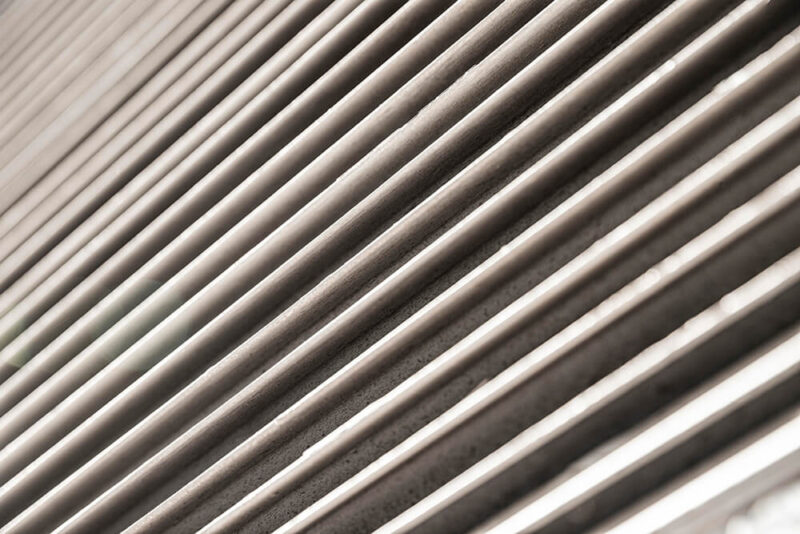
Micro-Channel Heat Exchangers: Design Principles and Performance Advantages
Micro-channel heat exchangers (MCHEs) represent a revolutionary leap in compactness and thermal efficiency. Unlike conventional heat exchangers with relatively large channels, MCHEs feature numerous tiny channels (typically with hydraulic diameters between 10 µm and 1 mm) etched or formed into plates or blocks.
Design Principles:
- Increased Surface Area to Volume Ratio: The defining characteristic of MCHEs is their incredibly high surface area to volume ratio. By subdividing a larger flow path into many micro-channels, the total wetted surface area for heat transfer is vastly increased within a very small footprint.
- Enhanced Heat Transfer Coefficients: The small channel dimensions lead to very thin thermal boundary layers and often promote laminar flow conditions that are highly effective for heat transfer. Even with laminar flow, the effective heat transfer coefficient per unit volume is dramatically higher than in conventional channels due to the short diffusion distances for heat.
- Reduced Refrigerant Charge: In refrigeration and HVAC applications, MCHEs can achieve the same cooling capacity with significantly less refrigerant due to their high efficiency, making them more environmentally friendly.
- All-Aluminum Construction: Many MCHEs are made entirely of aluminum through processes like brazing, making them lightweight, resistant to galvanic corrosion (when compared to dissimilar metals), and highly recyclable.
Performance Advantages:
- Extreme Compactness: MCHEs are exceptionally small and lightweight for a given heat transfer duty, enabling their use in space-constrained applications (e.g., automotive, aerospace, compact electronics cooling, residential HVAC units).
- High Thermal Efficiency: They offer superior heat transfer performance, leading to greater energy efficiency in systems where they are deployed.
- Lower Pressure Drop (in some designs): While micro-channels can lead to high-pressure drops if not designed carefully, innovative manifolding and flow distribution can minimize this.
- Rapid Response: Due to their small thermal mass, MCHEs can respond very quickly to changes in operating conditions.
MCHEs are transforming industries where miniaturization, high performance, and reduced material usage are critical, pushing the boundaries of what is possible in heat transfer.
Digital Twins for Heat Exchange Systems: Predictive Modeling and Real-time Optimization
The advent of Digital Twin technology is revolutionizing the operation and maintenance of complex industrial assets, including heat exchange systems. A digital twin is a virtual replica of a physical heat exchanger, updated in real-time with data from sensors, allowing for comprehensive monitoring, predictive modeling, and real-time optimization.
How Digital Twins Work:
- Real-time Data Integration: Sensors on the physical heat exchanger (temperature, pressure, flow rate, vibration, acoustic emissions) feed live operational data to the digital twin.
- Physics-Based Models: The digital twin incorporates detailed engineering models (e.g., Computational Fluid Dynamics – CFD, Finite Element Analysis – FEA) that accurately simulate the heat exchanger’s thermal and mechanical behavior under various conditions.
- Machine Learning (ML) & AI: ML algorithms analyze historical and real-time data to identify patterns, predict performance degradation (e.g., fouling rates, corrosion), and forecast remaining useful life (RUL).
- Bidirectional Communication: The digital twin not only monitors the physical asset but can also provide insights and recommendations back to operators or even directly control system parameters for optimization.
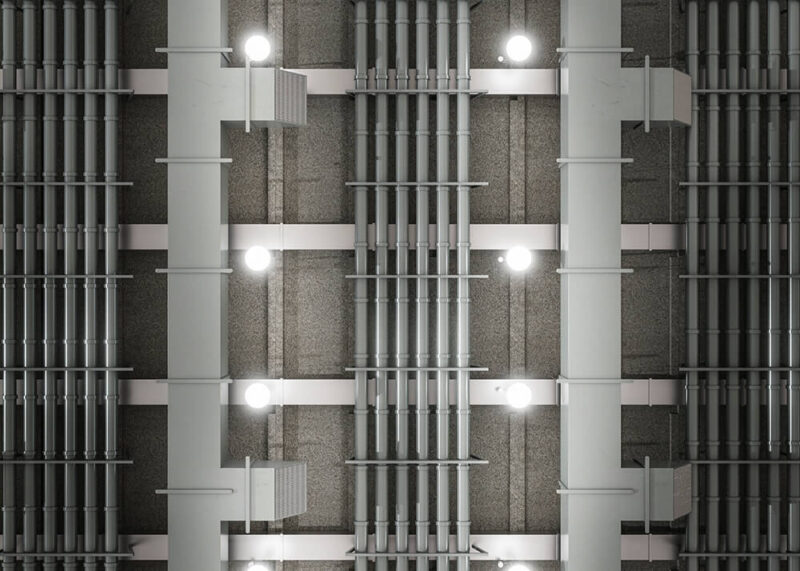
Benefits for Heat Exchange Systems:
- Enhanced Predictive Maintenance: Accurately predicting fouling buildup, corrosion rates, or mechanical failures allows for proactive maintenance scheduling, minimizing unexpected downtime and optimizing cleaning intervals.
- Real-time Performance Optimization: Continuously monitoring efficiency and adjusting operating parameters (e.g., flow rates, temperatures) to maintain peak performance, reducing energy consumption.
- Troubleshooting & Root Cause Analysis: Simulating “what-if” scenarios in the virtual environment to diagnose issues and identify root causes of performance deviations without impacting physical operations.
- Design Validation & Optimization: Testing new design modifications or operating strategies on the digital twin before implementing them on the physical asset, reducing risk and accelerating innovation.
- Operator Training: Providing a realistic simulation environment for training operators on complex system behaviors and troubleshooting procedures.
Digital twins elevate heat exchanger management from reactive to proactive, transforming operational efficiency, extending asset lifespans, and significantly contributing to energy conservation through continuous optimization.
Chemical vs. Mechanical Cleaning: Choosing the Right Maintenance Approach for Different Heat Exchangers
Fouling (the buildup of unwanted material on heat transfer surfaces) is the primary enemy of heat exchanger efficiency, leading to increased pressure drop, reduced heat transfer, and higher energy consumption. Regular cleaning is essential, and choosing between chemical and mechanical cleaning depends heavily on the type of heat exchanger, the nature of the foulant, and operational constraints.
Mechanical Cleaning:
- Methods: Includes high-pressure water jetting (hydroblasting), brushing, pigging (for tubes), drilling, or even manual scraping.
- Pros: Physically removes stubborn deposits, effective for hard scales, relatively environmentally friendly (no harsh chemicals to dispose of), good for removing large particulates.
- Cons: Often requires dismantling the heat exchanger (especially for shell-and-tube types), can be labor-intensive and time-consuming, risk of damaging tubes or plates if not performed carefully, may not reach all fouled areas in complex geometries.
- Best For: Heavy, tenacious scales (e.g., calcium carbonate, silica), large particulate buildup, situations where chemical compatibility is a concern.
Choosing the Right Approach: The decision often involves a careful analysis of:
- Foulant Type: Is it a hard scale, soft sludge, biological film, or hydrocarbon deposit?
- Heat Exchanger Type: Plate heat exchangers are often better suited for CIP chemical cleaning, while shell-and-tube might require mechanical cleaning for severe fouling.
- Material Compatibility: Can the heat exchanger material withstand the chosen chemical solution?
- Downtime & Cost: What is the allowable downtime? What are the labor costs versus chemical costs and disposal fees?
- Environmental Regulations: What are the local regulations for chemical waste disposal (e.g., in Shinagawa, strict rules apply)?
Often, a hybrid approach (e.g., chemical pre-treatment followed by mechanical cleaning) or the use of online cleaning technologies (e.g., sponge ball cleaning systems) is employed to maximize efficiency and minimize downtime. Effective maintenance planning, often informed by predictive analytics, is crucial to ensure the optimal and sustainable performance of heat exchange systems.
In conclusion, maximizing heat exchanger efficiency is a multifaceted endeavor, integrating cutting-edge material science, sophisticated design principles, precise operational control, and proactive maintenance strategies. From specialized marine applications to combating cold climate challenges, leveraging advanced composite materials, embracing micro-channel designs, and integrating digital twin technology all contribute to a future where industrial heat transfer is not only more efficient and cost-effective but also fundamentally more sustainable, playing a critical role in the global drive towards energy conservation and a reduced carbon footprint.

